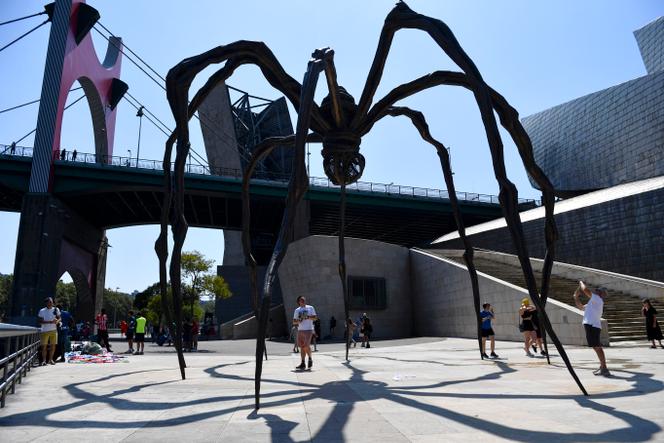


Is the "Bilbao effect," which demonstrated that a cultural institution could boost a region's economy, replicable? "It's not that simple," warned Juan Ignacio Vidarte, the Guggenheim Museum Bilbao's founding director, who has been at the helm since 1996. The collection and exhibitions presented in Frank Gehry's flamboyant titanium vessel have boosted the Basque region's economy and increased its appeal to tourists. However, this is not enough to prove the hypothesis that a signature building alone can revive a declining region. "Architecture is an essential part of the equation, but it must work in service of the museum, otherwise it won't succeed," he said.
All too often, in his view, politicians think that if they have a problem, all they have to do is call in an architect, but "it will fail if the rest of the project, the content, and the functioning of the museum are not developed and refined," he said. Bilbao is an impressive example of this. Spain's northern city had been severely hit by the devastating effects of massive deindustrialization in the 1970s and 1980s, with the successive closures of shipyards, steel plants and metal factories. Vidarte remembers better than anyone "the widespread skepticism in the early 1990s about whether culture could really affect the economy."
Since the museum opened, its economic impact on the region has been calculated by an independent organization, B + I Strategy. Last year, the economic impact was estimated at €762 million. That includes spending within the museum and outside (such as tourism, hotels and restaurants), the impact of the 13,900 jobs sustained in the region, as well as the taxes paid.
The contribution to GDP is estimated at over €657 million, and the museum has brought in over €103 million to the Basque treasury. "That's 10 times more than the public funds we receive each year for our budget," said Vidarte. In total, since 1996, the economic impact reached €7.7 billion.
The budget of more than €32 million is over 70% self-funded by ticket sales, rent income from the restaurant and bookstore, and patrons, including 25,000 friends of the museum and 130 corporate partners. The Basque region and Biscay council contribute the remainder. The city also makes occasional contributions, sometimes up to €3 million a year, to the acquisition fund intended to enrich the collection.
Finances have been steadily growing, along with visitor numbers. Last year's record attendance was 1.32 million, two-thirds of whom came from outside Spain. Moreover, 2024 is shaping up once again to be a very good year in terms of attendance. This is despite the fact that the summer's major flagship exhibitions, by Austrian artist Martha Jungwirth and video artist Anthony McCall, aren't necessarily as widely known as Japanese artist Yoshitomo Nara, who tends to attract a younger audience.
You have 50.31% of this article left to read. The rest is for subscribers only.
